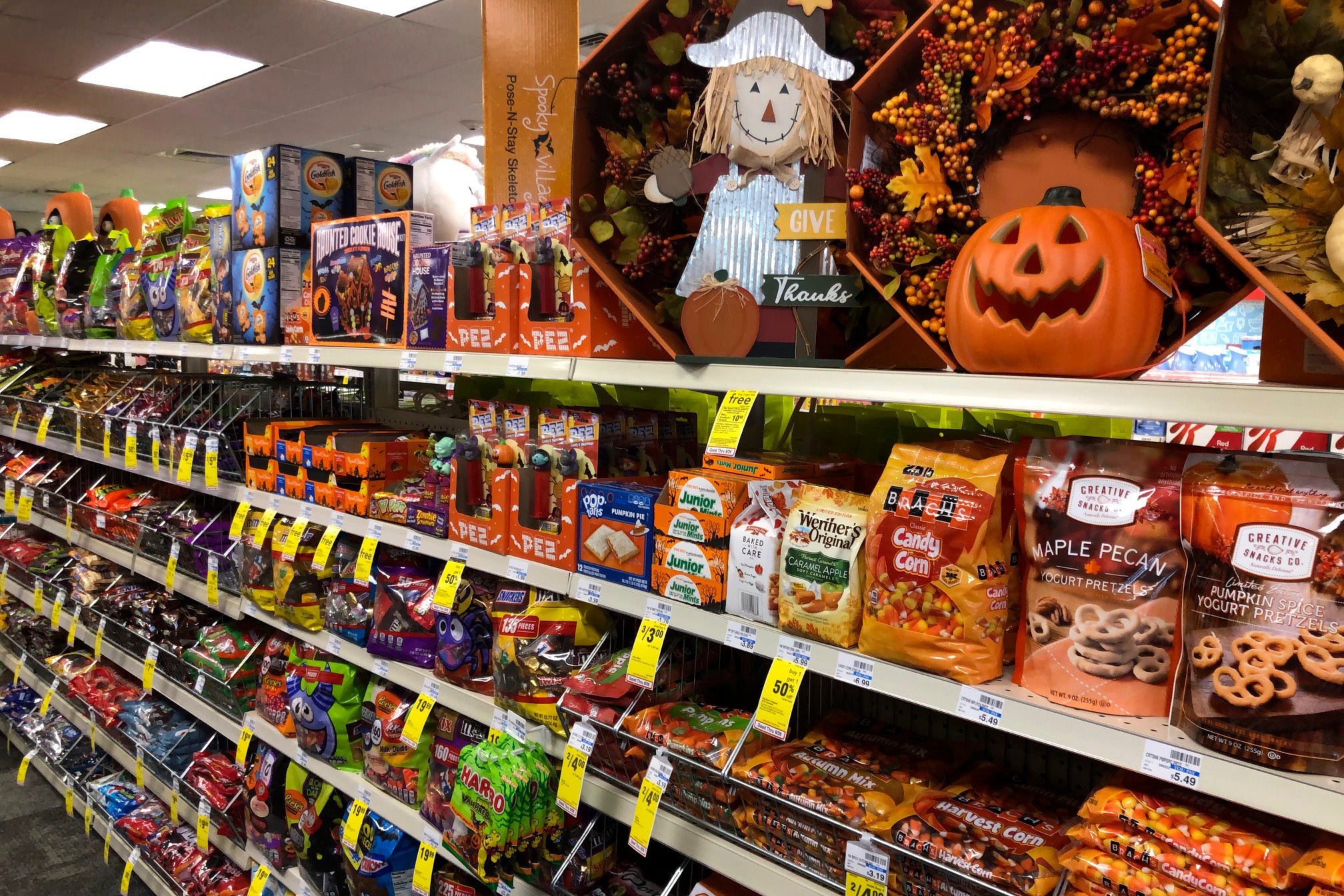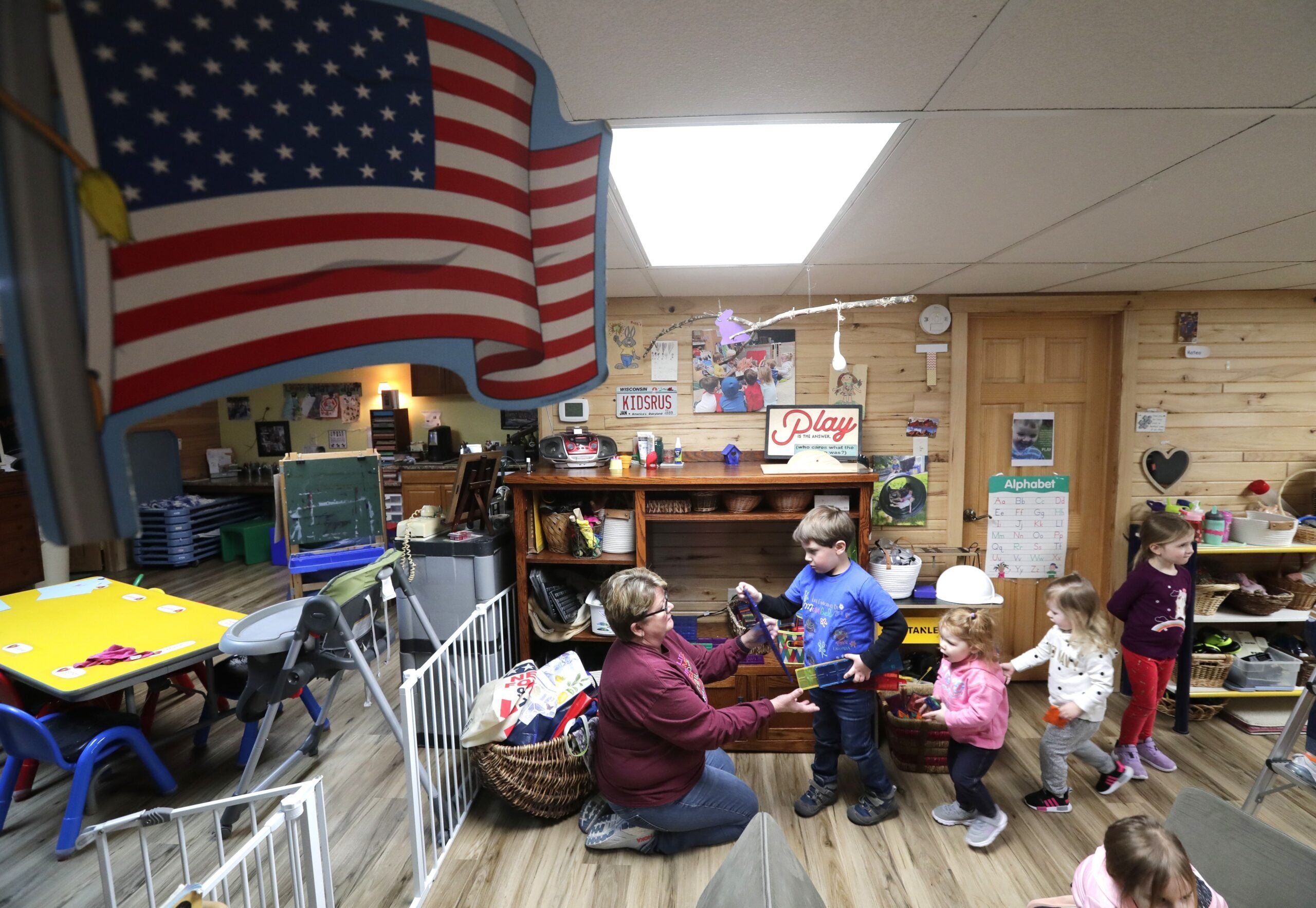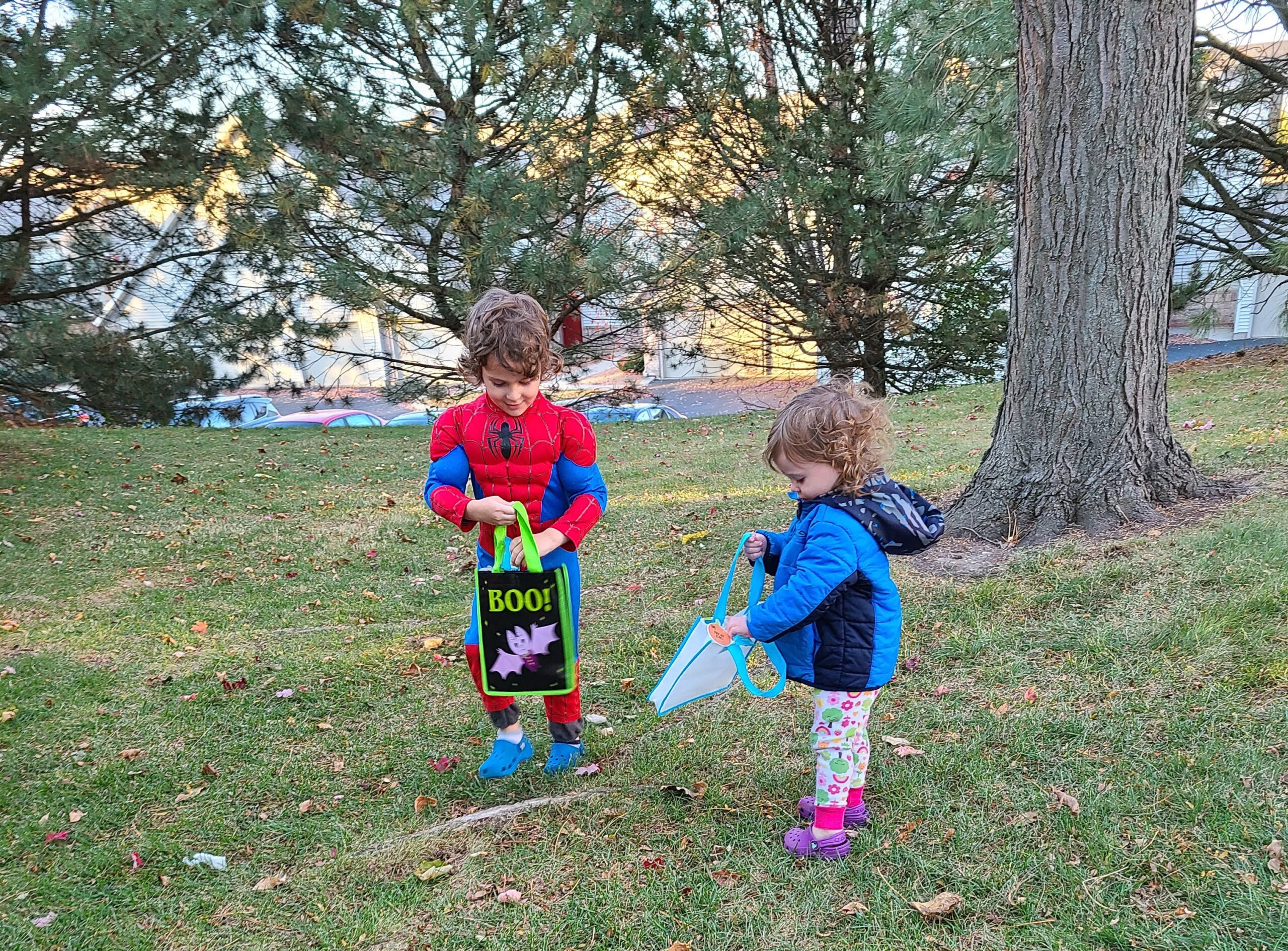During this year’s trick-or-treat season, dietitian Aryn DeGrave hopes to see more teal-colored pumpkins outside homes.
The color is a signal that treat seekers coming to the door can expect to receive non-food gifts or treats that are safe for anyone with food allergies. About one in every 13 children has food allergies, according to a national nonprofit called Food Allergy Research and Education, which runs the Teal Pumpkin Project.
DeGrave recently joined Wisconsin Public Radio’s “The Larry Meiller Show” and urged homeowners to consider trick-or-treaters with allergies. She is a corporate dietitian with Hy-Vee and previously specialized in child and maternal nutrition. Hy-Vee is a partner of The Teal Pumpkin Project, which has an online map of homes backing the effort.
News with a little more humanity
WPR’s “Wisconsin Today” newsletter keeps you connected to the state you love without feeling overwhelmed. No paywall. No agenda. No corporate filter.
Here’s what DeGrave said anyone giving out candy this Halloween should keep in mind:
What items often trigger kids’ allergies?
A few of the top ingredients are milk, peanuts, tree nuts, soy, wheat, eggs and sesame seeds.
“These can all be found in Halloween treats,” DeGrave said. “That’s why we want to be very cautious when providing these to kids.”
What alternatives are available to kids?
DeGrave suggested YumEarth and its gummy bears; Enjoy Life Foods and its gluten-free mini chocolate bars; and Zolli Candy.
“A lot of these products do come in smaller packages (at a) very fun size and (are) easy to hand out to kids,” she said.
She also singled out free2b chocolate sunflower butter cups, which are dairy-free chocolate cups with sunflower seed butter inside. She compared them to Reese’s peanut butter cups.
What should parents and guardians do?
DeGrave said allergic reactions range from a scratchy tongue to severe anaphylactic shock, so communication is essential. She encouraged parents to consult their physicians for advice on a specific child’s needs.
She suggested parents could talk to neighbors about their children’s allergies. They could put flyers around their home, too. They could also drop off specific non-food gifts or allergy-free items at nearby homes to hand out.
“Getting everyone involved is always great,” she said.
DeGrave’s plans
What is DeGrave planning to serve trick-or-treaters?
She has bouncy balls and other Halloween trinkets. But when it comes to candy, she said she might have allergy-friendly suckers.
And as a dietitian, she offered one final reminder: “You can enjoy all of your treats — in moderation.”
Wisconsin Public Radio, © Copyright 2026, Board of Regents of the University of Wisconsin System and Wisconsin Educational Communications Board.



